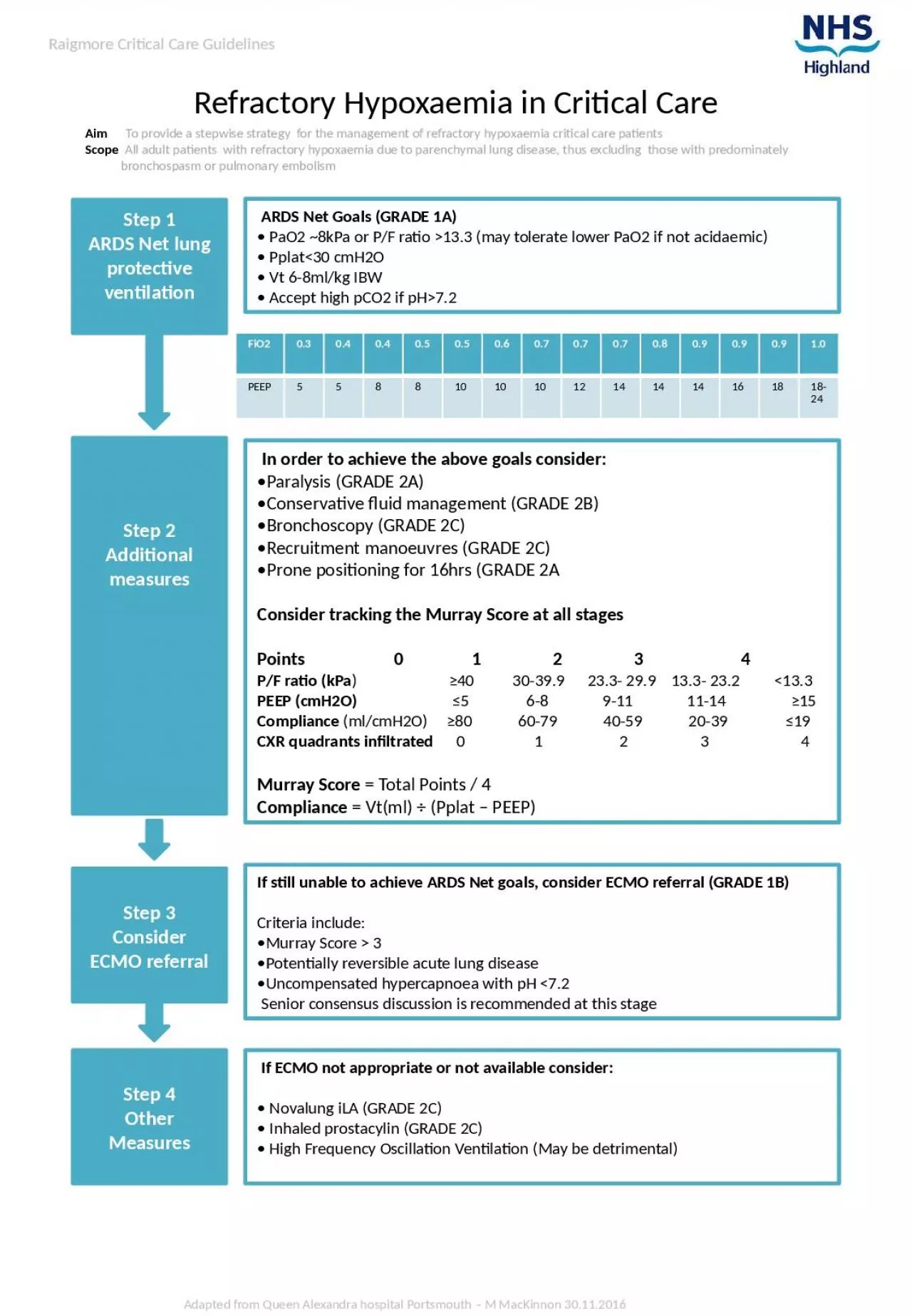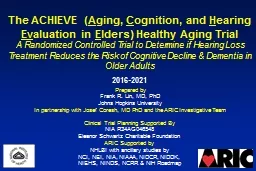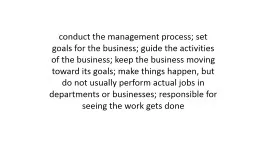PPT-In order to achieve the above goals consider:
Author : QueenBee | Published Date : 2022-08-04
Paralysis GRADE 2A Conservative fluid management GRADE 2B Bronchoscopy GRADE 2C Recruitment manoeuvres GRADE 2C Prone positioning for 16hrs GRADE 2A Consider
Presentation Embed Code
Download Presentation
Download Presentation The PPT/PDF document "In order to achieve the above goals cons..." is the property of its rightful owner. Permission is granted to download and print the materials on this website for personal, non-commercial use only, and to display it on your personal computer provided you do not modify the materials and that you retain all copyright notices contained in the materials. By downloading content from our website, you accept the terms of this agreement.
In order to achieve the above goals consider:: Transcript
Download Rules Of Document
"In order to achieve the above goals consider:"The content belongs to its owner. You may download and print it for personal use, without modification, and keep all copyright notices. By downloading, you agree to these terms.
Related Documents














